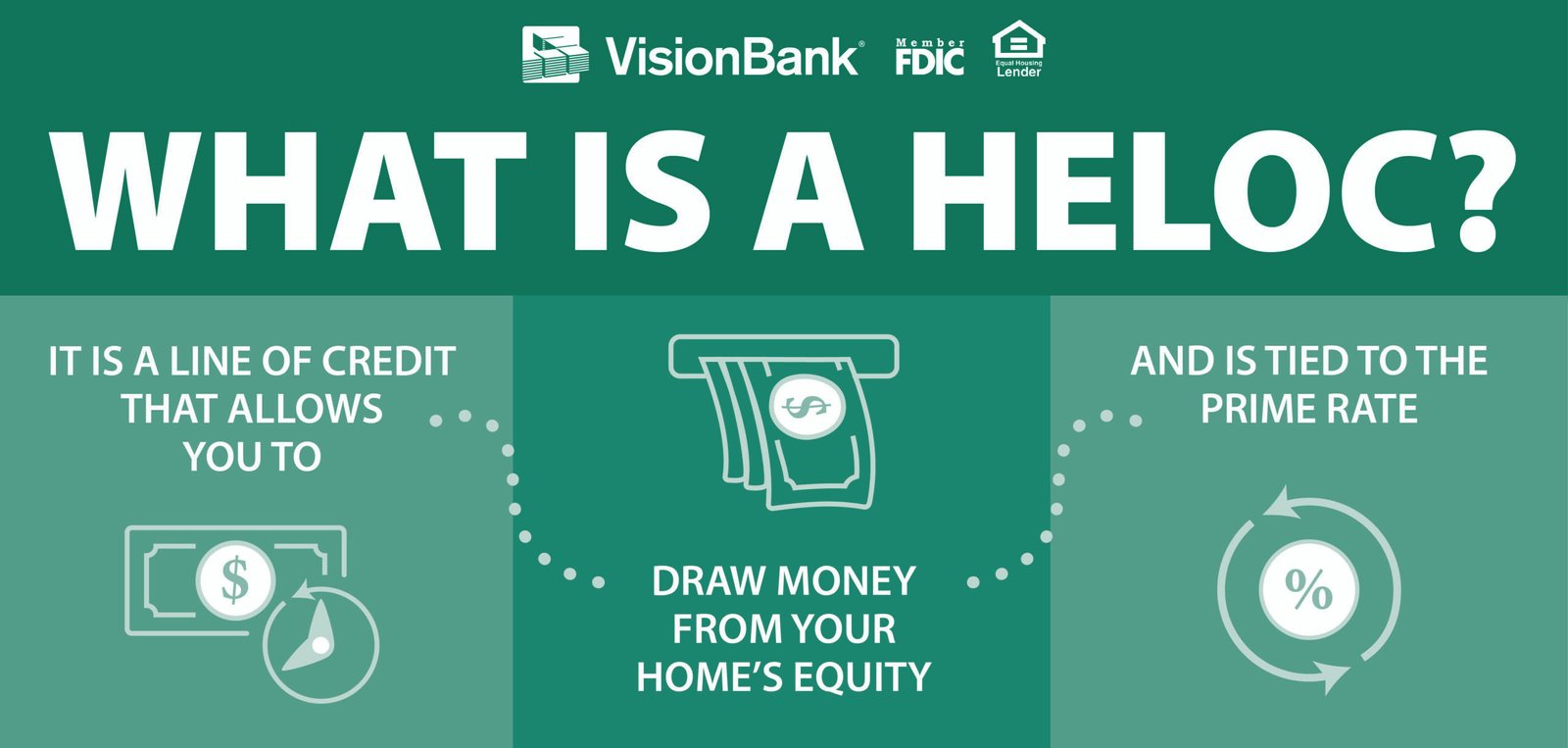A Home Value Credit extension (HELOC) can be a phenomenal monetary instrument for mortgage holders hoping to use their property’s value. This comprehensive guide will walk you through everything you need to know about HELOCs before you apply, helping you make informed decisions and maximize the benefits of this financial product.
Table of Contents
ToggleWhat is a HELOC?
A HELOC is a sort of credit that permits mortgage holders to get against the value in their homes. Dissimilar to conventional advances, a HELOC works more like a Visa. provides a revolving line of credit that you can draw from, repay, and draw from again, up to a specified limit.
Key Features of a HELOC:
- Variable Loan fees: HELOCs commonly have variable financing costs, which can vacillate over the long run in view of economic situations.
- Draw and Repayment Periods: The HELOC has two phases – the draw period, during which you can borrow money, and the repayment period, during which you must repay the borrowed amount.
- Adaptable Admittance to Assets: You can get as the need might arise, up shockingly limit, during the draw time frame.
Advantages of a HELOC
1. Lower Interest Rates
HELOCs generally offer lower interest rates compared to other forms of credit, such as personal loans or credit cards. This makes them an attractive option for large expenses like home improvements or debt consolidation.
2. Tax Benefits
Much of the time, the interest paid on a HELOC might be charge deductible in the event that the assets are utilized for home upgrades. Talk with a duty consultant to grasp how this applies to your circumstance.
3. Flexibility
A HELOC offers the adaptability to get and reimburse on a case by case basis. This can be especially valuable for continuous activities or unforeseen costs.
Disadvantages of a HELOC
1. Variable Interest Rates
While variable rates can in some cases be favorable, they likewise represent a gamble. Your financing cost can build, prompting higher regularly scheduled installments.
2. Risk of Foreclosure
Because a HELOC is secured by your home, failing to make payments can result in foreclosure.
3. Potential for Overspending
The revolving nature of a HELOC might tempt some borrowers to overspend, leading to financial strain.
How to Qualify for a HELOC
1. Sufficient Home Equity
Loan specialists normally expect that you have somewhere around 15-20% value in your home. Value is the distinction between your home’s ongoing business sector esteem and the sum you owe on your home loan.
2. Good Credit Score
A higher FICO assessment works on your possibilities meeting all requirements for a HELOC and getting a lower financing cost. Go for the gold of 620 or higher.
3. Stable Income and Employment
Banks will evaluate your capacity to reimburse the advance. A steady pay and business history are significant variables in their dynamic cycle.
4. Low Debt-to-Income Ratio
A lower relationship of outstanding debt to take home pay shows that you have a decent harmony between your pay and obligation. Most lenders prefer a ratio below 43%.
Applying for a HELOC
1. Compare Lenders
Shop around and compare offers from multiple lenders. Look at interest rates, fees, and terms to find the best deal.
2. Gather Documentation
Be prepared to provide documentation such as proof of income, tax returns, and information about your debts and assets.
3. Submit an Application
Fill out the lender’s application form, providing accurate and complete information.
4. Home Appraisal
The lender will typically require a home appraisal to determine its current market value.
5. Approval and Closing
If approved, you will go through a closing process similar to that of a mortgage. This includes signing the loan agreement and paying any closing costs.

Managing Your HELOC
1. Monitor Interest Rates
Keep an eye on interest rate changes and understand how they affect your monthly payments.
2. Budget Wisely
Create a budget to manage your HELOC withdrawals and repayments effectively. Avoid borrowing more than you can comfortably repay.
3. Consider Refinancing
If interest rates drop significantly, or if you find a better loan product, consider refinancing your HELOC to secure better terms.
Conclusion
A HELOC can be a strong monetary instrument when utilized dependably. By understanding how it works, its advantages and disadvantages, and how to qualify and apply, you can make the most of your home’s equity. Always compare offers from multiple lenders and consult with financial advisors to ensure that a HELOC is the right choice for your financial needs.


1 thought on “HELOC Loan Guide: Everything You Need to Know Before You Apply 2024”